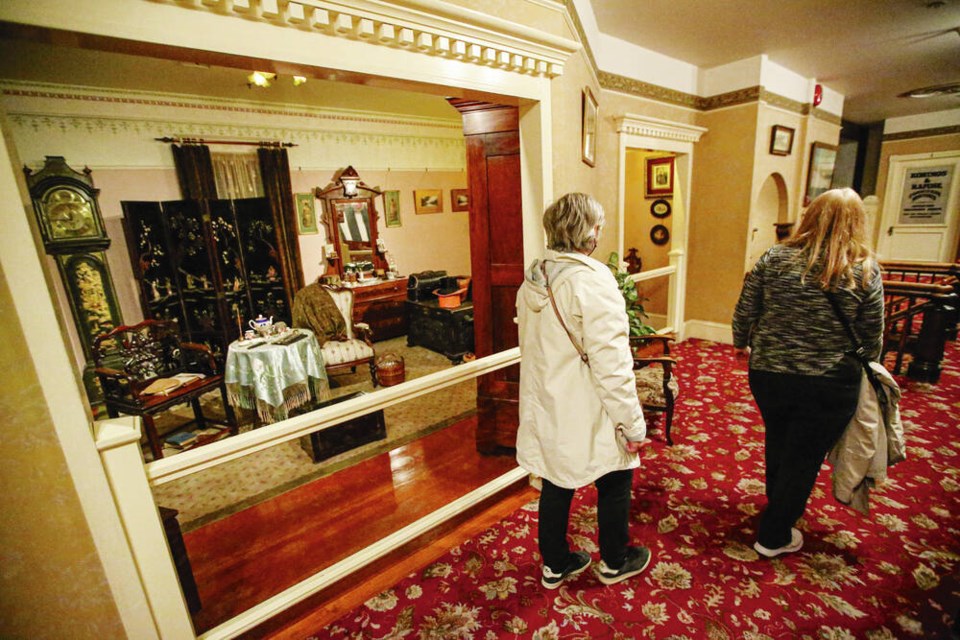Changes to many popular displays at the Royal B.C. Museum — including the Old Town and Capt. George Vancouver’s ship exhibits — are moving forward, despite an outcry from the public and charges of erasing history, says the province’s tourism minister.
“I recognize that change is difficult and that many people would like to maintain the status quo,” Melanie Mark said Monday. “I would like to assure those who cherish the museum that I am confident that our steps to modernize and reimagine it in the 21st century is a step in the right direction for generations to come.”
The museum, which has three floors open to the public, announced last week it planned to shut down the entire third floor on Dec. 31 to “decolonize” exhibits in the Becoming B.C. gallery as well as re-curate the First Peoples gallery, guided by the “living voices” of more than 200 First Nations in B.C.
> Letters: Remaking of the Royal B.C. Museum
Museum officials said it was too early to tell if there has been a spike in visitors wanting to see the displays before they disappear.
The rest of the museum will remain open and, on Jan. 1, there will be admission price reductions of $8 across the age groups, with adult day passes at$18.85, seniors $10.95, and youth $8.95.
The redesign of the top floor could take years to complete as the museum embarks on a lengthy consultation with First Nations and other British Columbians, said acting CEO Daniel Muzyka.
The changes were outlined in a July report by the museum, ignited by an investigation into a toxic workplace and charges of racism. But a more detailed announcement last Wednesday came as a surprise and sparked a flood of response on social media and dozens of letters to the Times Colonist.
Many of those opposed said the changes would be erasing history, and several lamented the loss of some of the museum’s most popular exhibits, like Old Town, which have been enjoyed by generations of the same families.
Mark, the first and only First Nations woman to be elected in B.C. and to serve in cabinet, said the museum’s galleries were developed a half century ago through a “Eurocentric lens that does not accurately capture a full and inclusive story” of the groups who have contributed to the province.
“The work being done to modernize the museum is not about eliminating parts of our story or erasing our history … it’s about embracing the opportunity to ensure that all our histories are captured in a meaningful and respectful way,” she said.
When Indigenous cultures, artifacts and history are being displayed, First Nations must have a voice in how it is curated, said Mark. “This is also true for Chinese people, South Asian people, Japanese people, Black people, and everyone who has contributed to our history.”
She said the recent discovery of unmarked burial sites of Indigenous children at former residential schools in B.C. shows “we have to do better to expose our shared truths … this is our opportunity to tell our narrative by sharing our collective truths.”
The Native Women’s Association of Canada called the museum changes “a great step toward reconciliation” on Monday.
The Canadian Museums Association, which represents hundreds of institutions across the country, said reconciliation is the way forward for the guardians of Canada’s past and future.
“Given the intellectual, cultural, social and moral leadership role entrusted to our community, reconciliation must inform our thinking and our actions today and for however long this journey of learning, healing and transformation will last,” said the association’s chief executive, Massimo Bergamini.
The association is continuing its two-year reconciliation engagement plan with member and non-member museums, sending surveys to 1,548 institutions to learn how Indigenous collections are collected, if First Nations play a role and the challenges they face in making changes.



